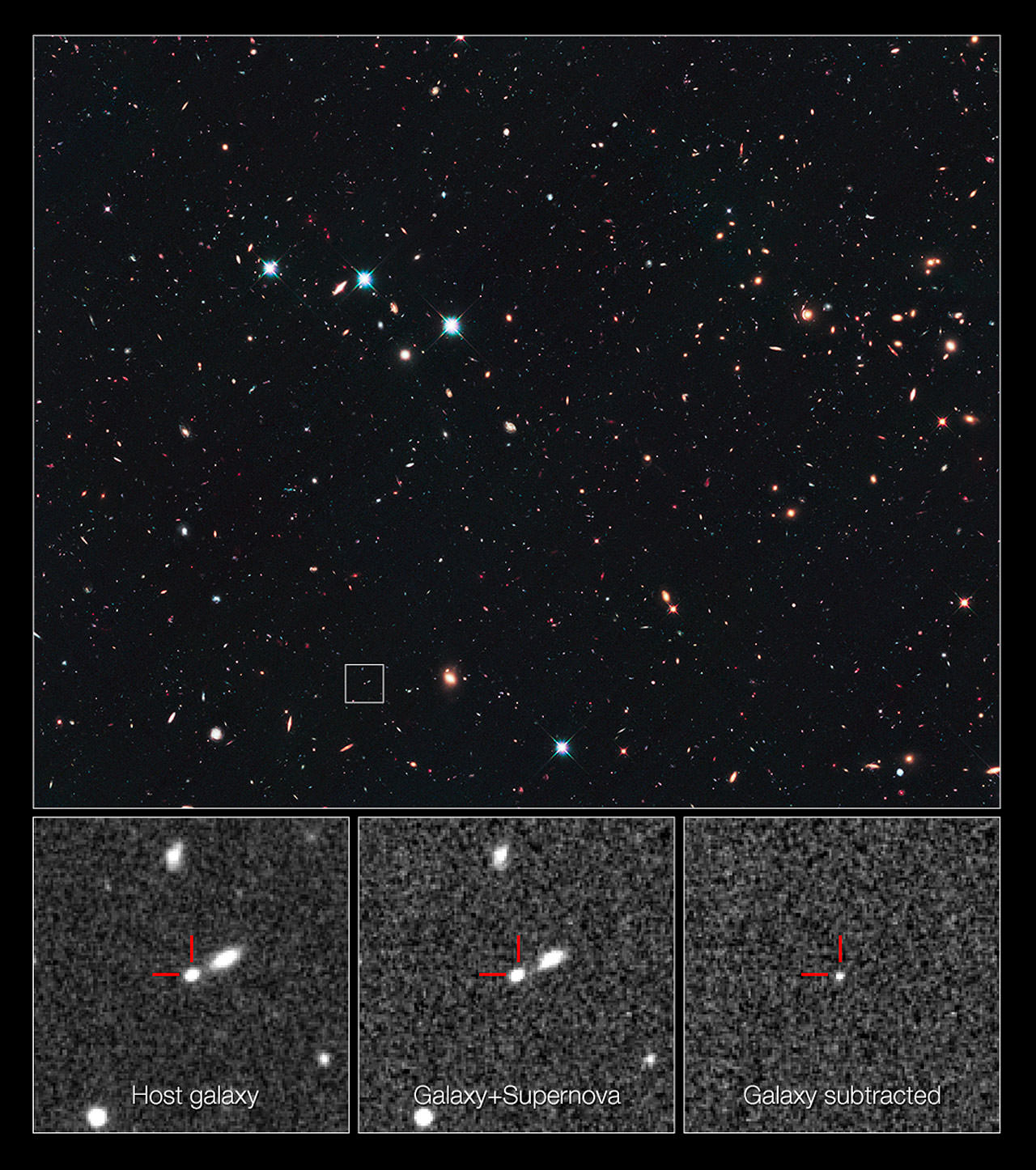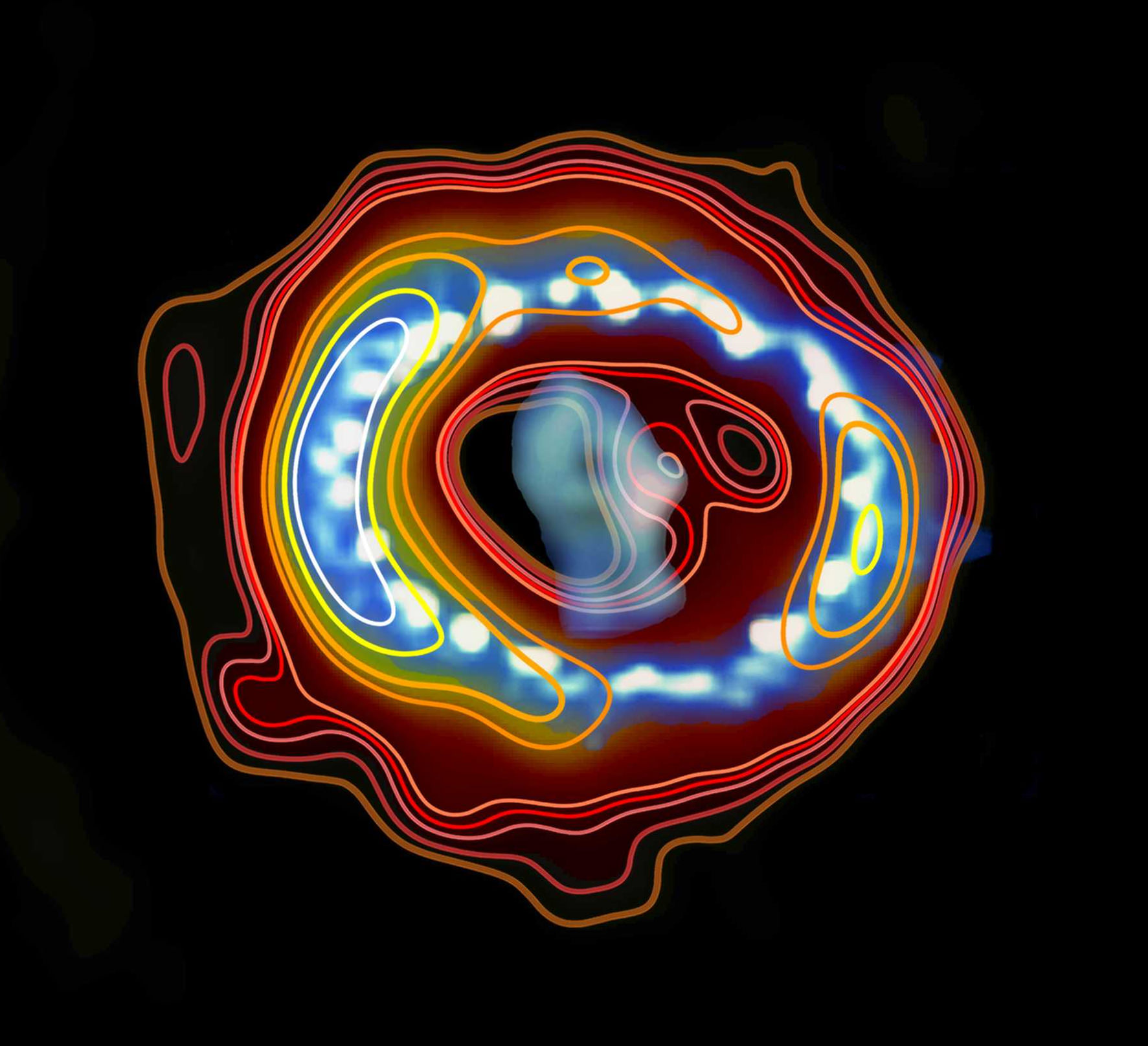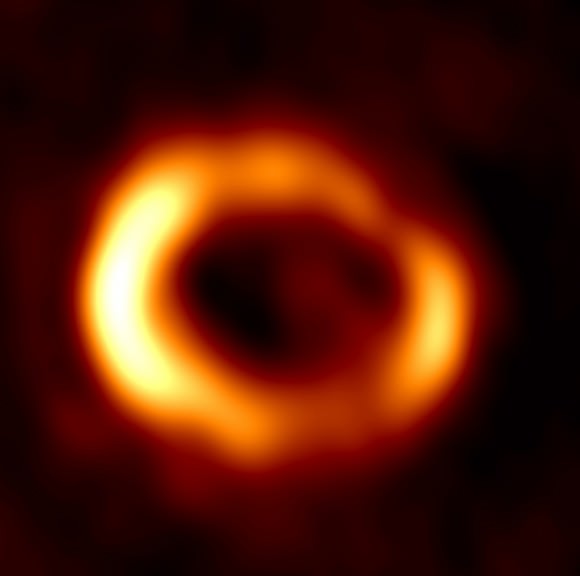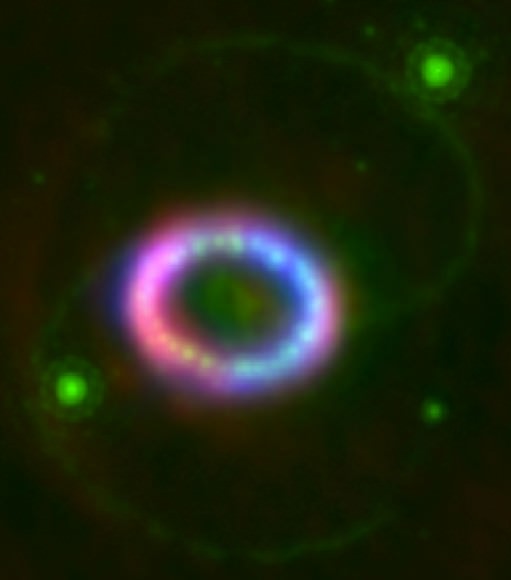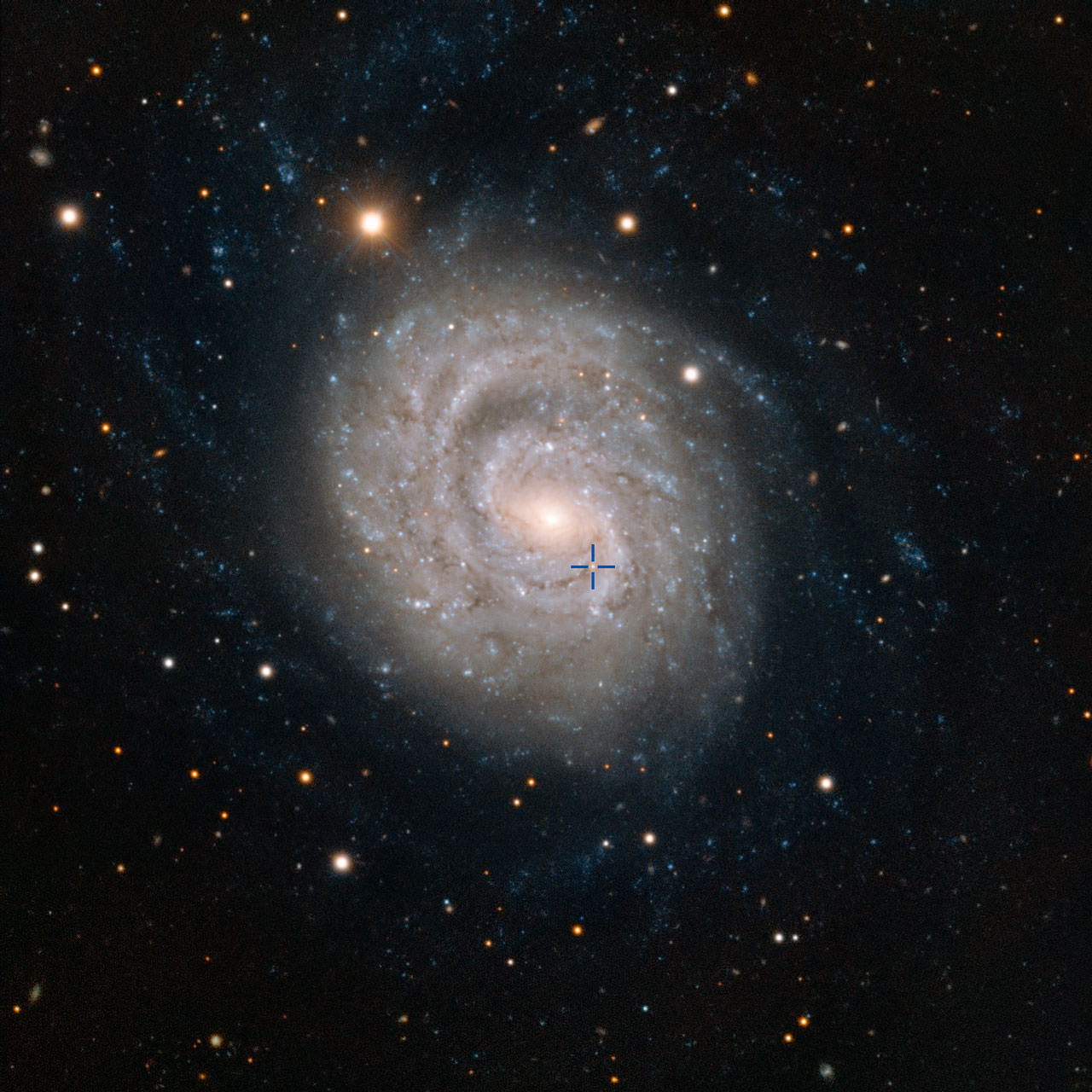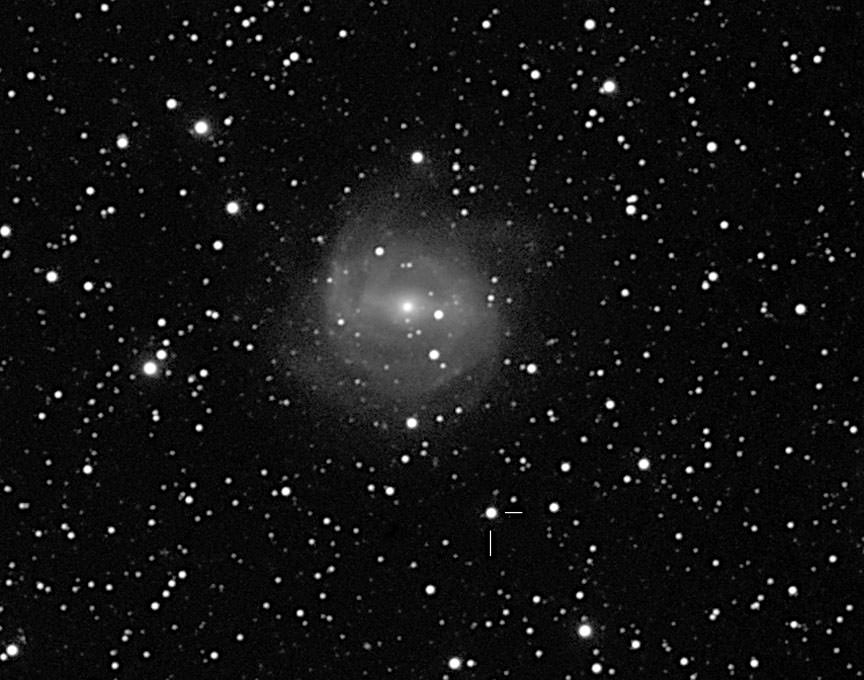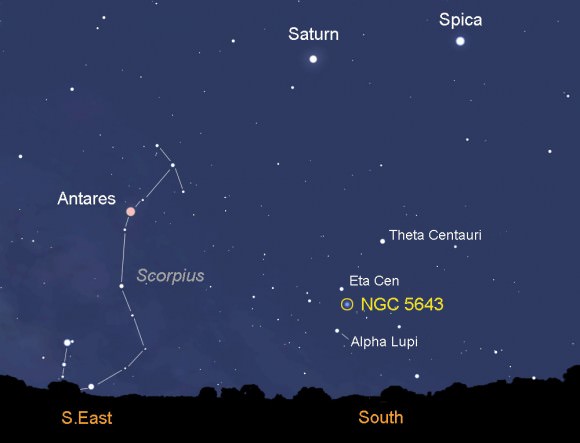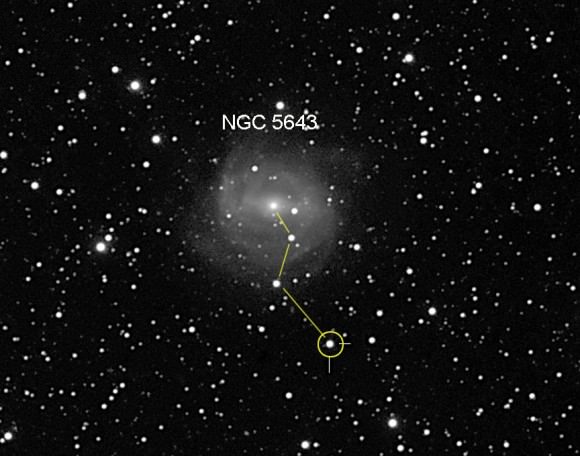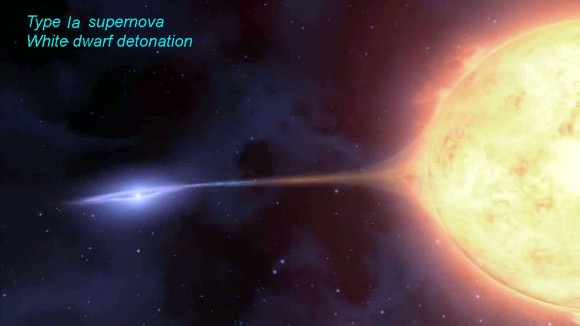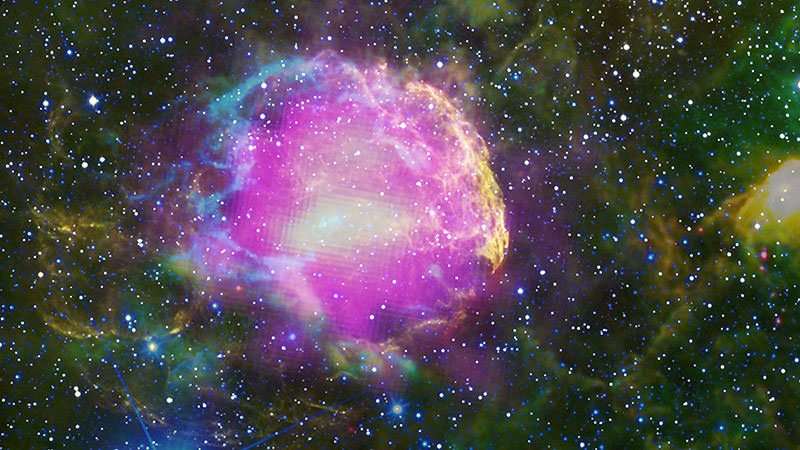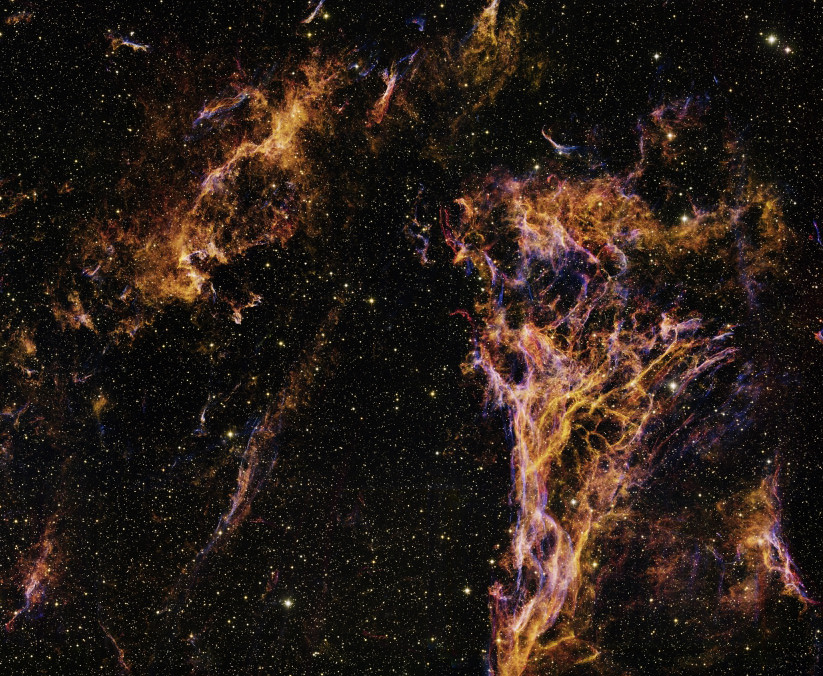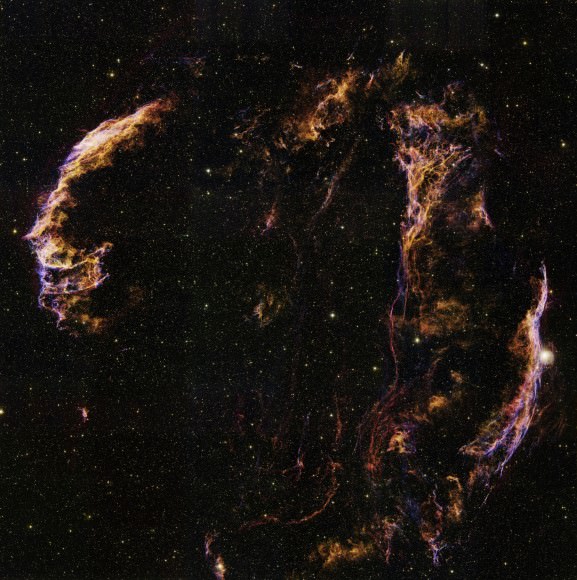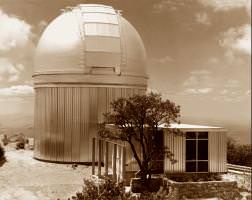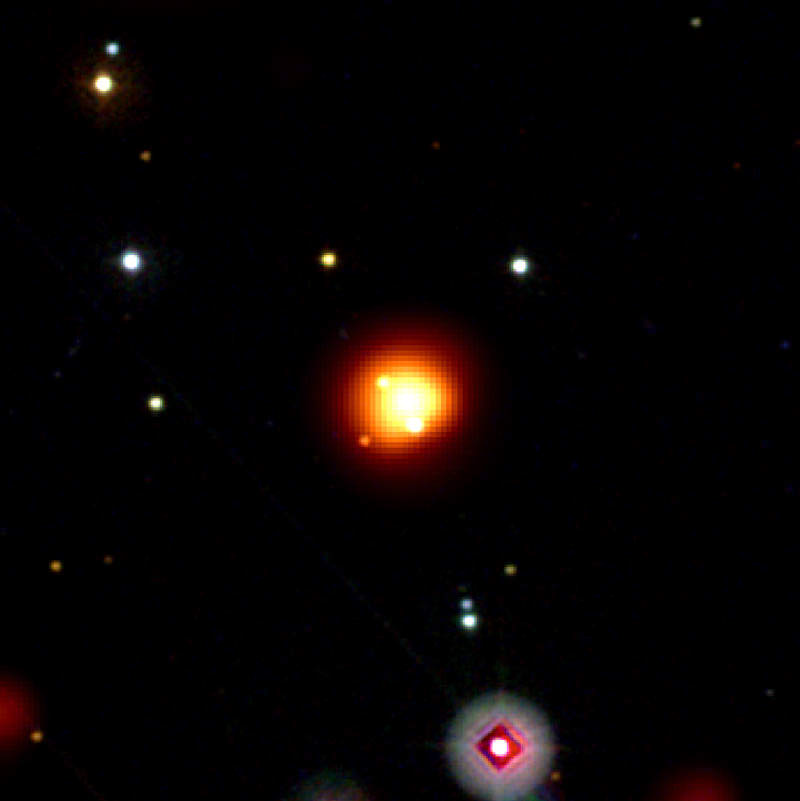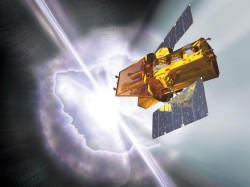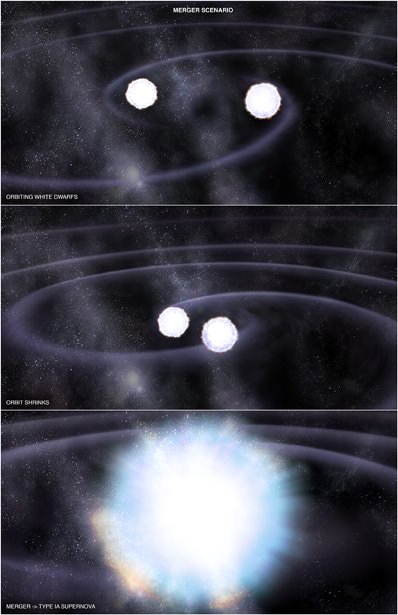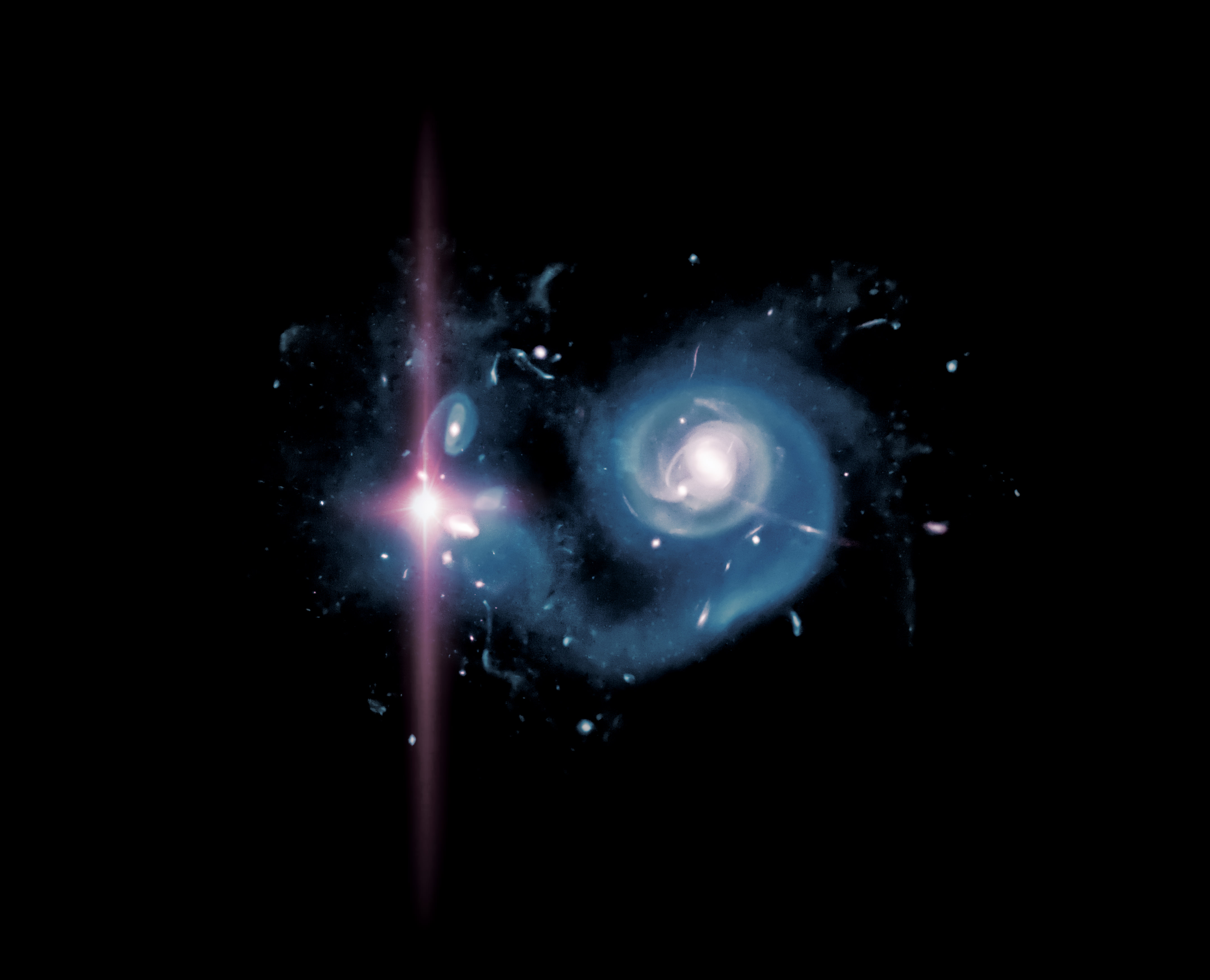Astronomers just keep honing their skills and refining their techniques to get the most out of their telescopes. Scientists using the Hubble Space Telescope have now broken the record for the most distant Type Ia supernova ever imaged. This supernova is over 10 billion light-years away, with a redshift of 1.914. When this star exploded 10 billion years ago, the Universe was in its early formative years and stars were being born at a rapid rate.
“This new distance record holder opens a window into the early Universe, offering important new insights into how these supernovae form,” said astronomer David O. Jones of The Johns Hopkins University in Baltimore, Md., lead author on the science paper detailing the discovery. “At that epoch, we can test theories about how reliable these detonations are for understanding the evolution of the Universe and its expansion.”
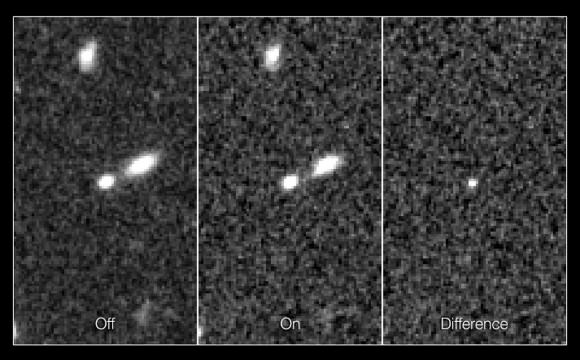
Designated as SN UDS10Wil (and nicknamed SN Wilson after American President Woodrow Wilson (president from 1913-1921), the distant supernova was part of a three-year Hubble program to survey faraway Type Ia supernovae and determine whether they have changed during the 13.8 billion years since the explosive birth of the universe. Since 2010, the CANDELS+CLASH Supernova Project has uncovered more than 100 supernovae of all types that exploded from 2.4 to over 10 billion years ago.
The previous record holder for Type Ia was announced earlier this year, a supernova that exploded around 9 billion years ago and has a redshift of 1.7. Although SN Wilson is only 4 percent more distant than the previous record holder, it pushes roughly 350 million years farther back in time.
The most distant supernovae ever are a pair of super-luminous supernovae, at redshifts of 2.05 and 3.90, announced in November 2012. Read about that discovery here.
Astronomers took advantage of the sharpness and versatility of Hubble’s Wide Field Camera 3 to search for supernovae in near-infrared light and verify their distance with spectroscopy. These bright beacons are prized by astronomers because they can be used as a yardstick for measuring cosmic distances, thereby yielding clues to the nature of dark energy, the mysterious force accelerating the rate of expansion of the Universe.
Additionally, finding remote supernovae provides a powerful method to measure the universe’s accelerating expansion.
“The Type Ia supernovae give us the most precise yardstick ever built, but we’re not quite sure if it always measures exactly a yard,” said team member Steve Rodney of Johns Hopkins University. “The more we understand these supernovae, the more precise our cosmic yardstick will become.”
Read the team’s paper: The Discovery of the Most Distant Known Type Ia Supernova at Redshift 1.914

